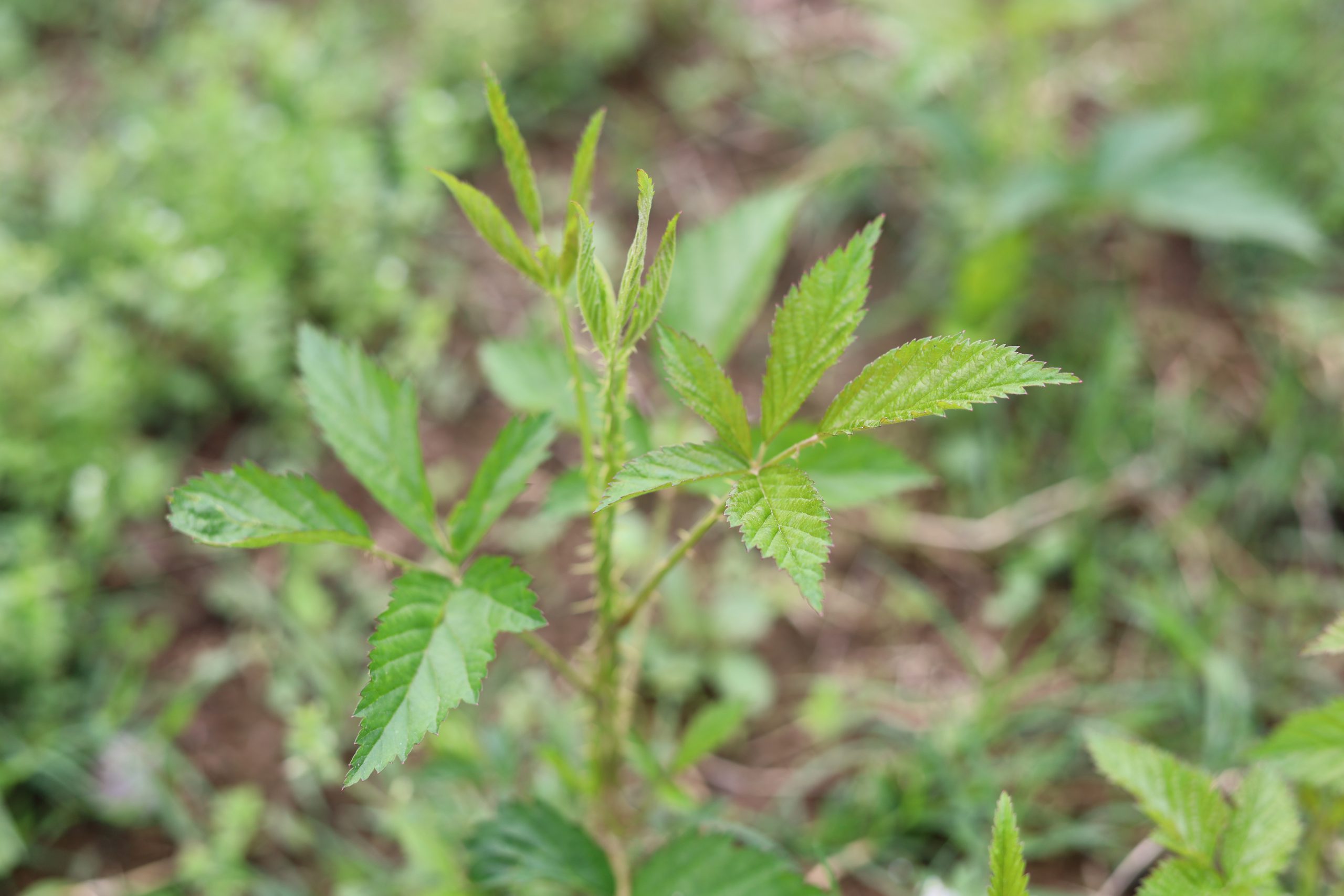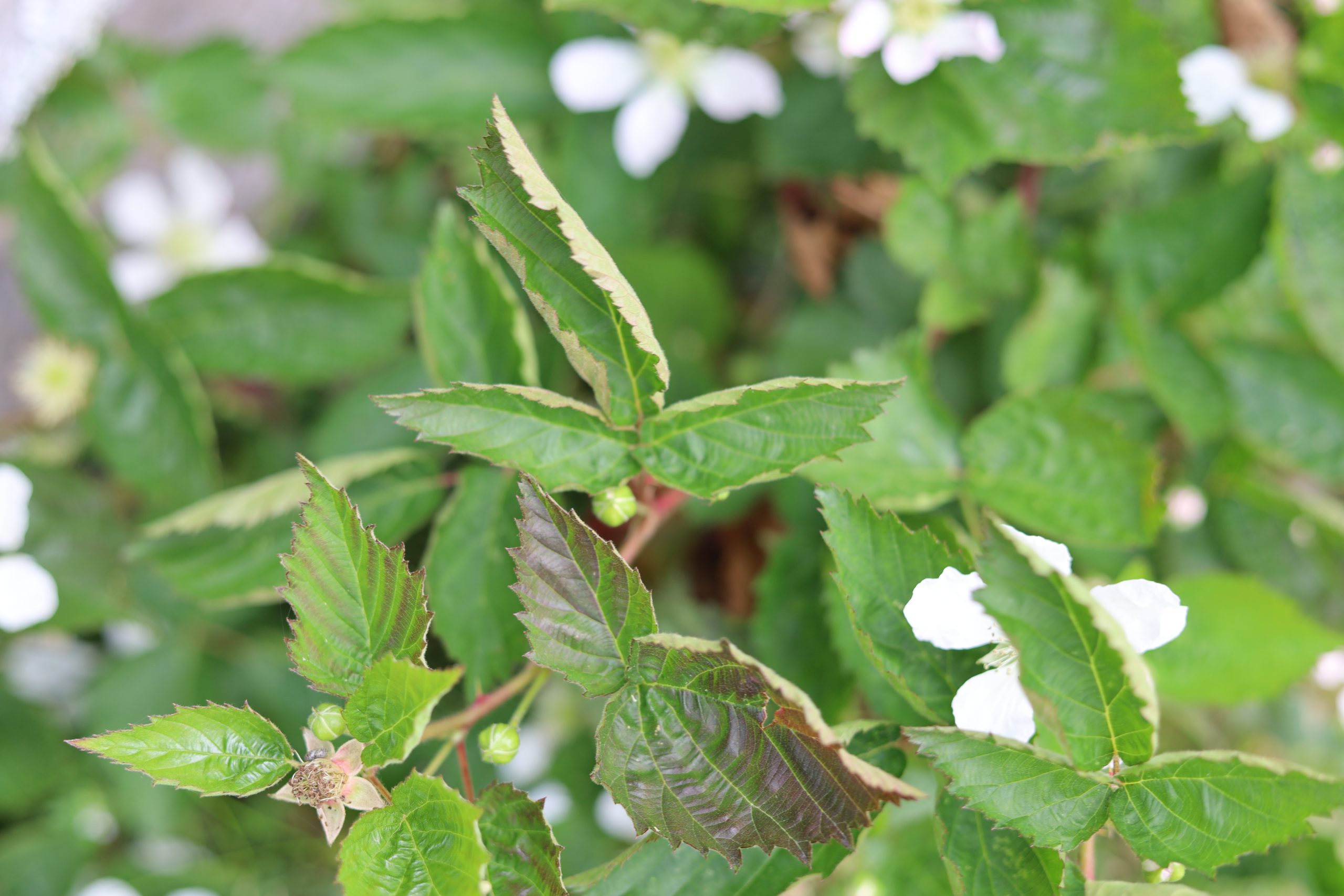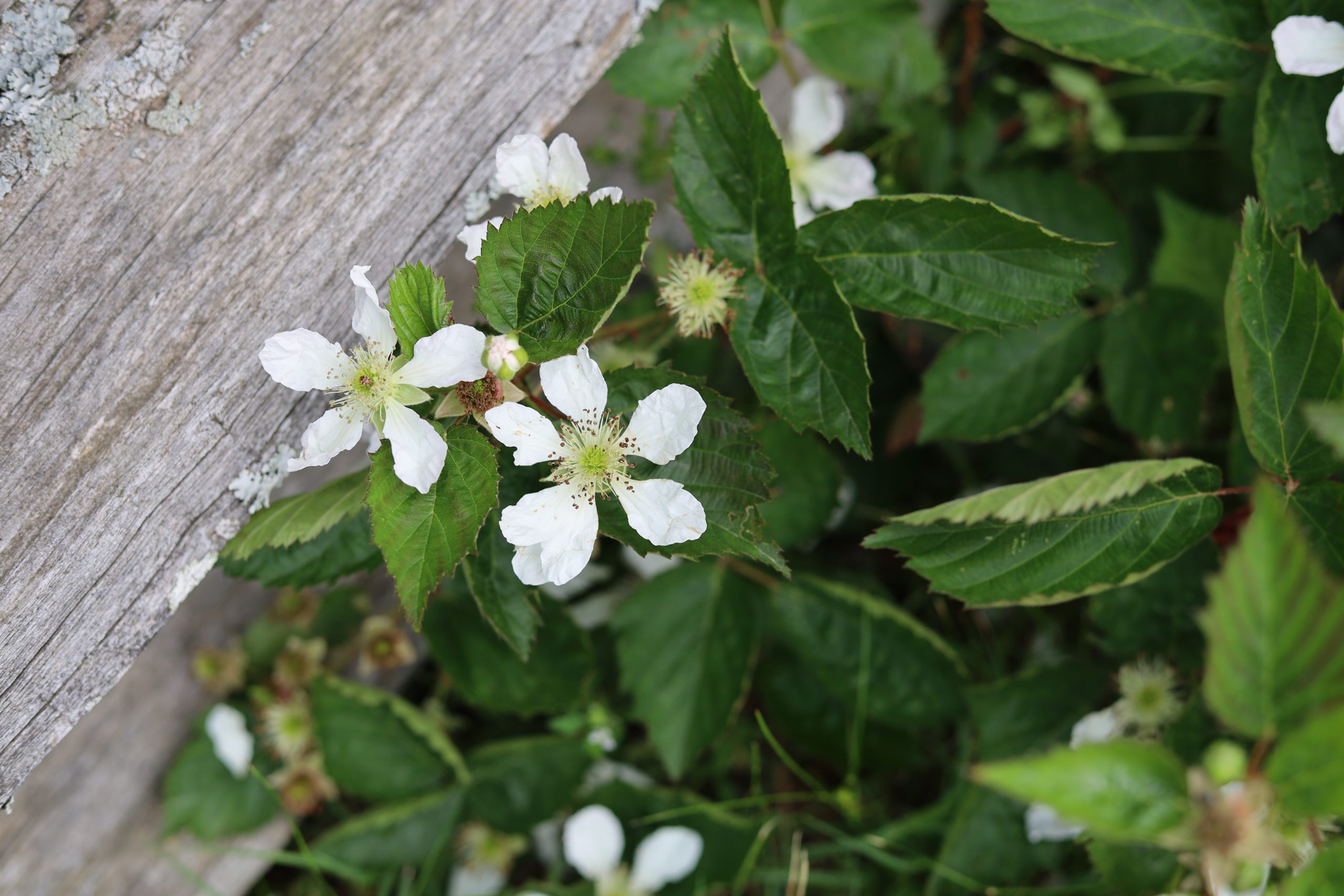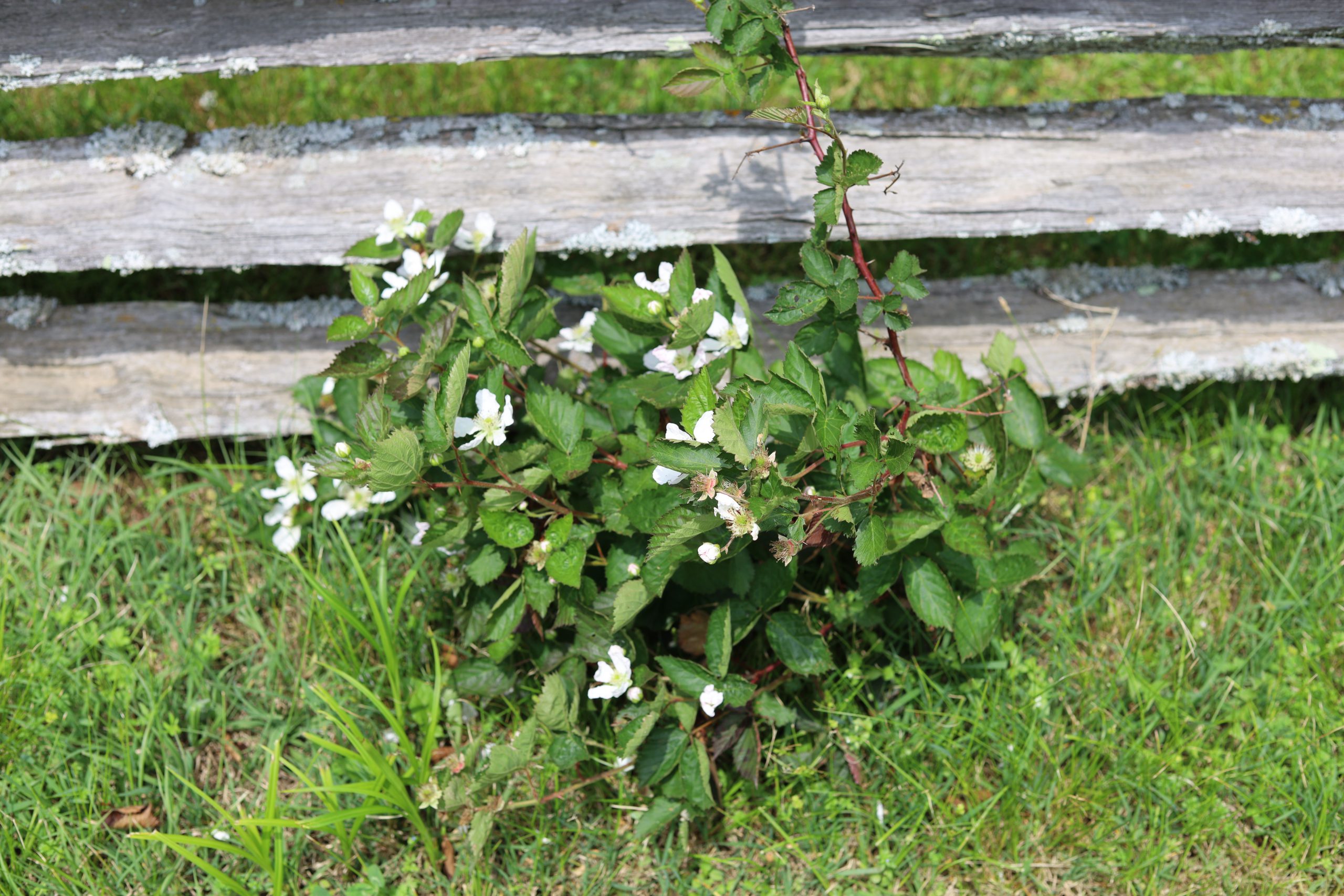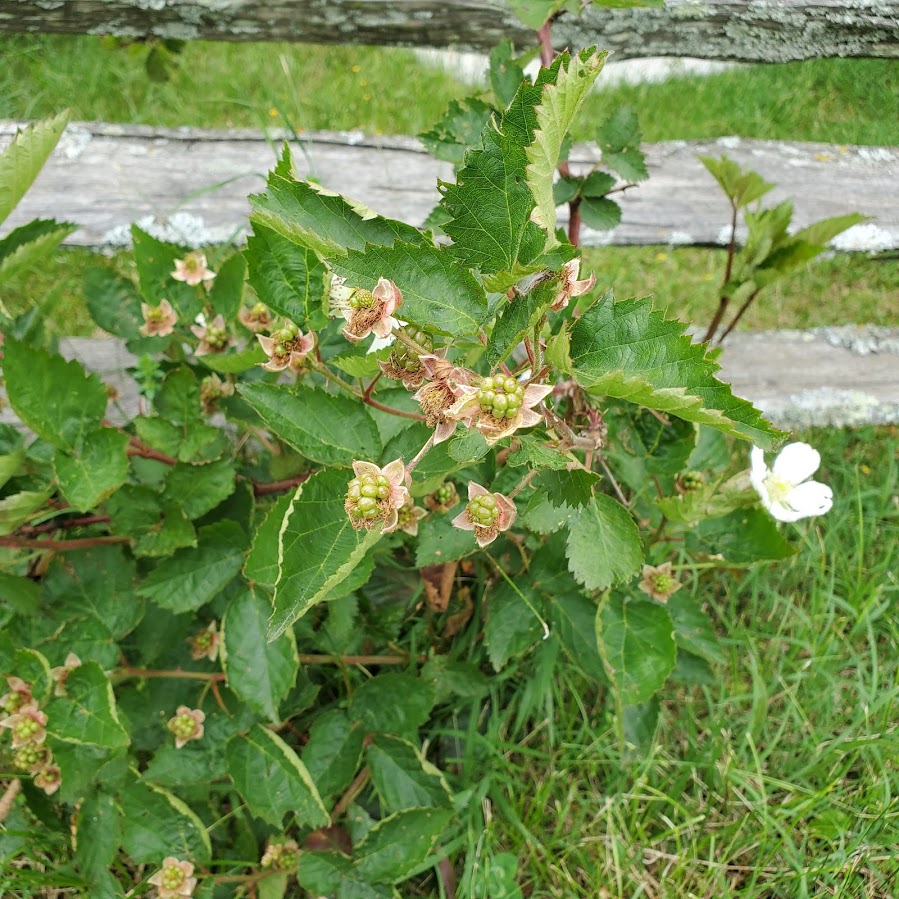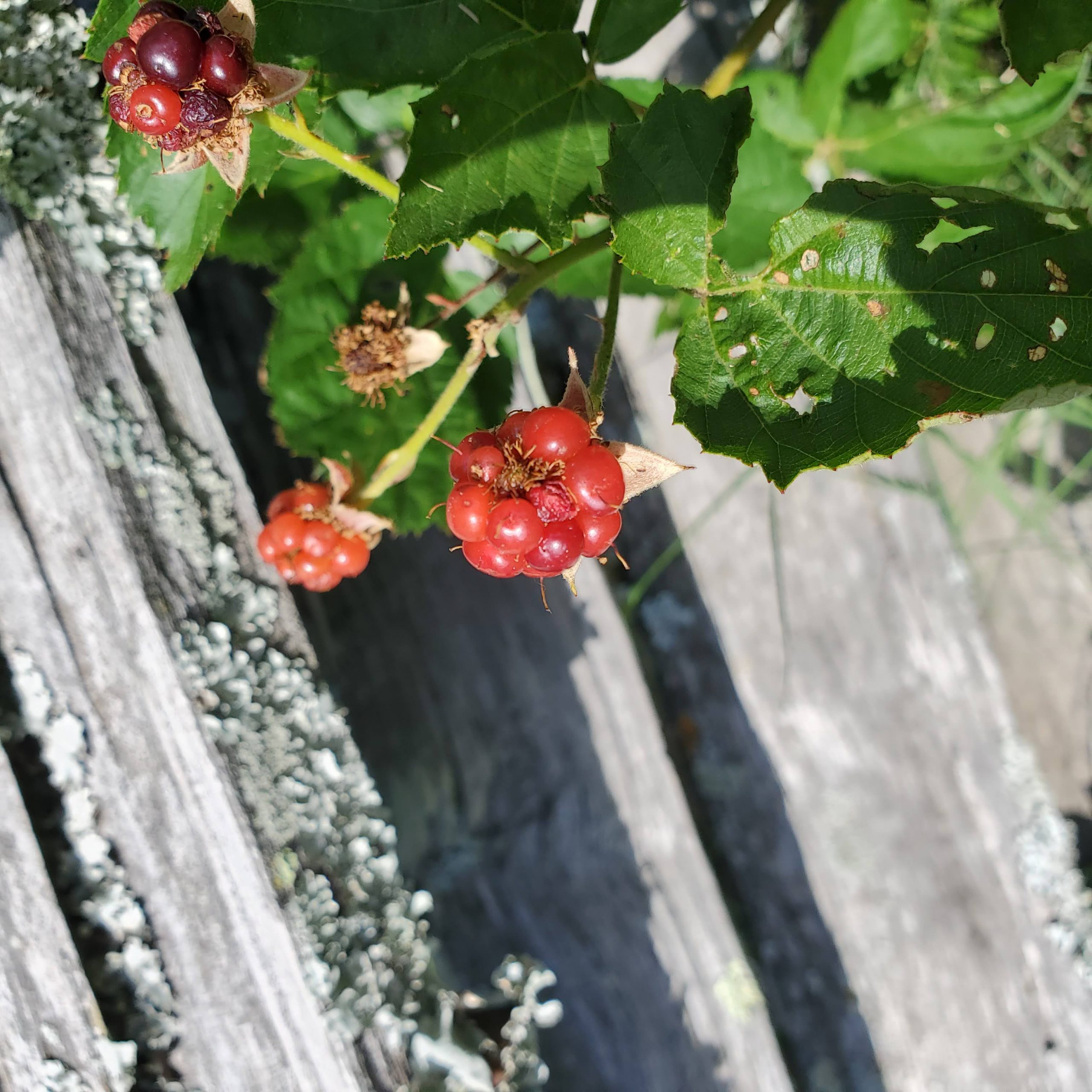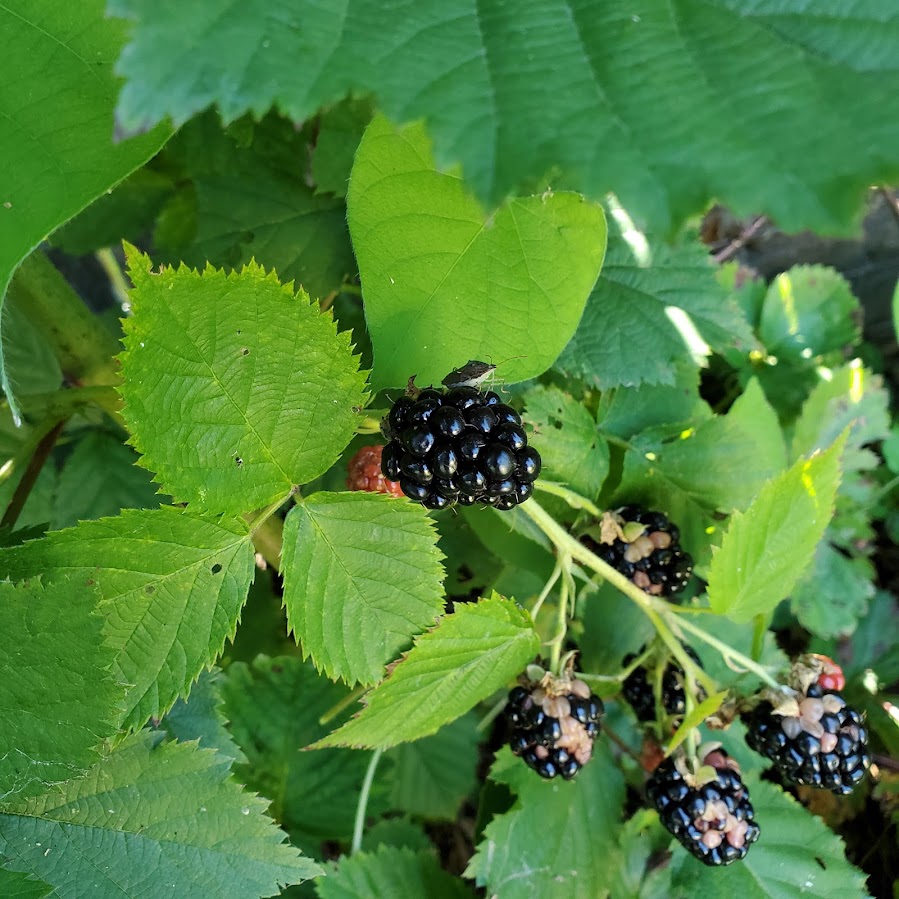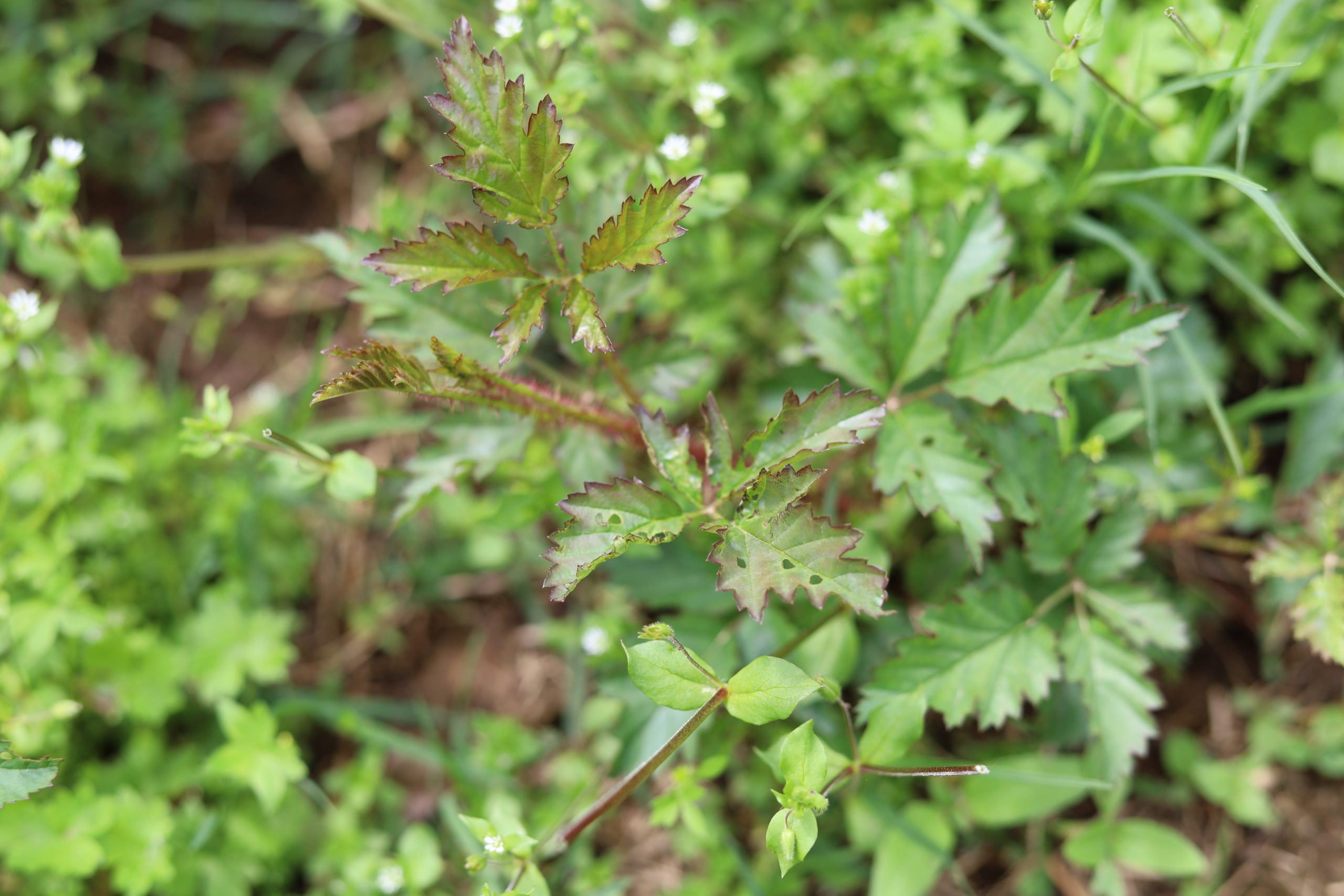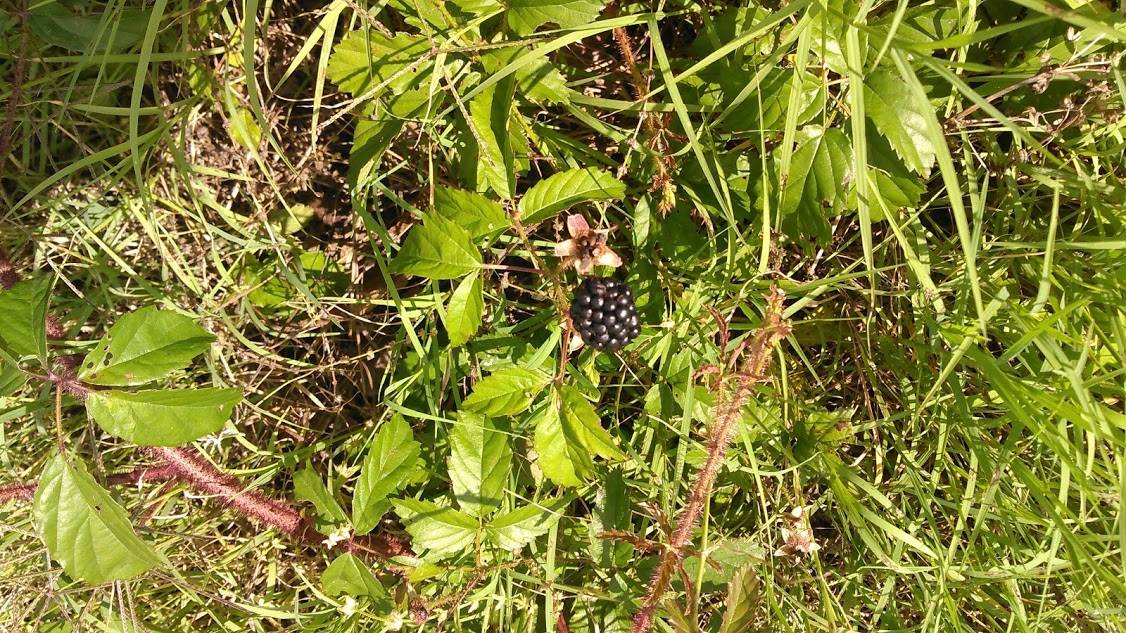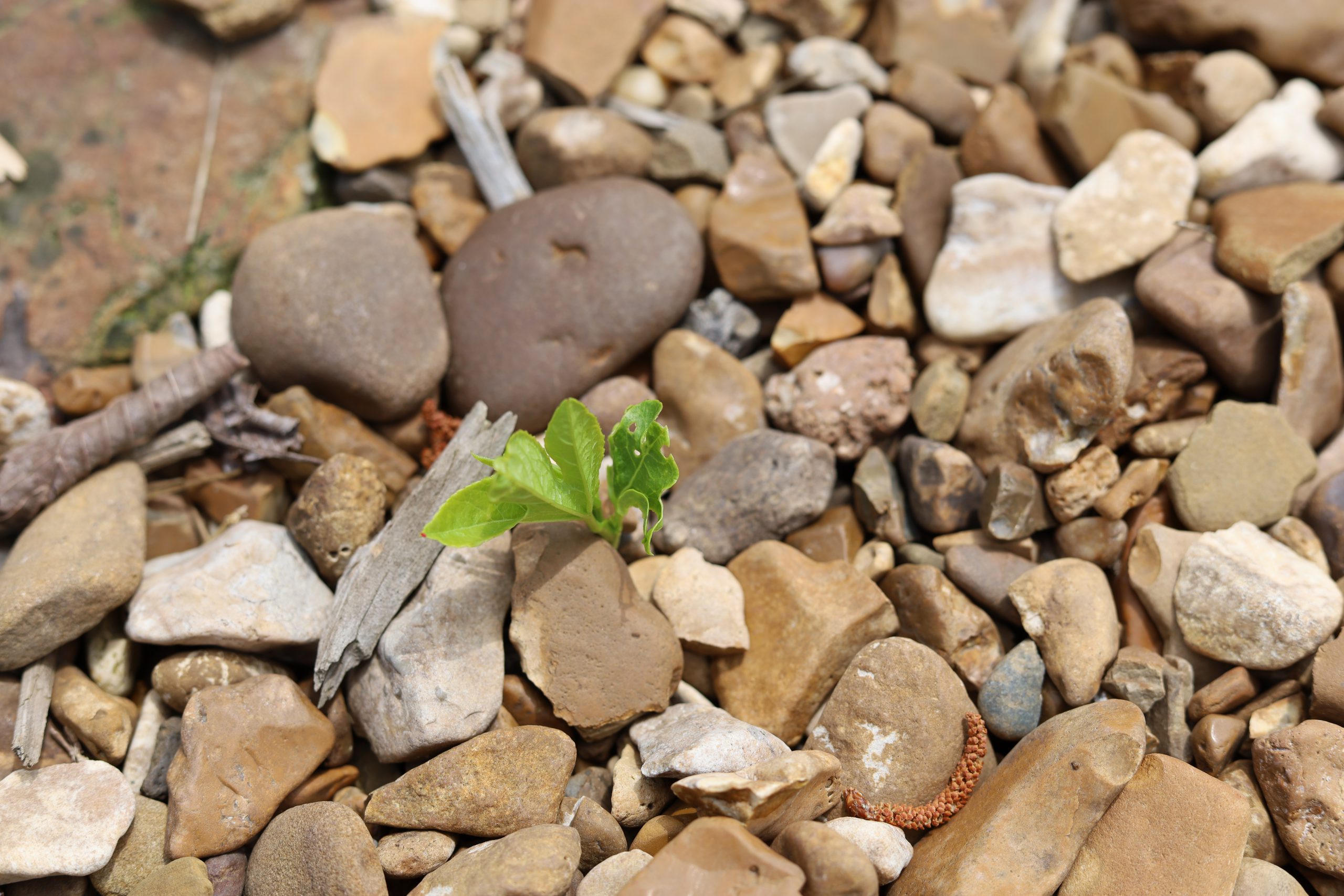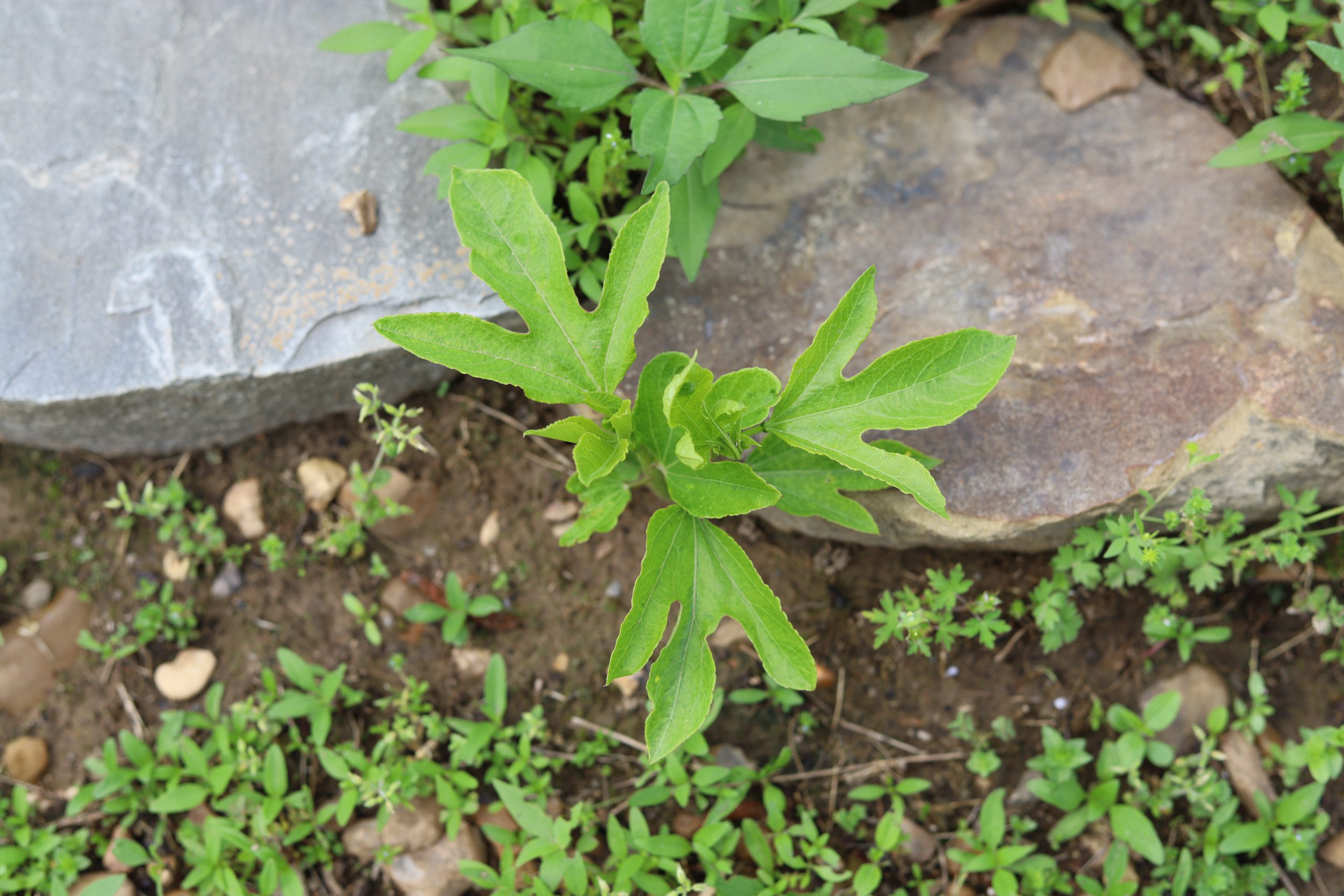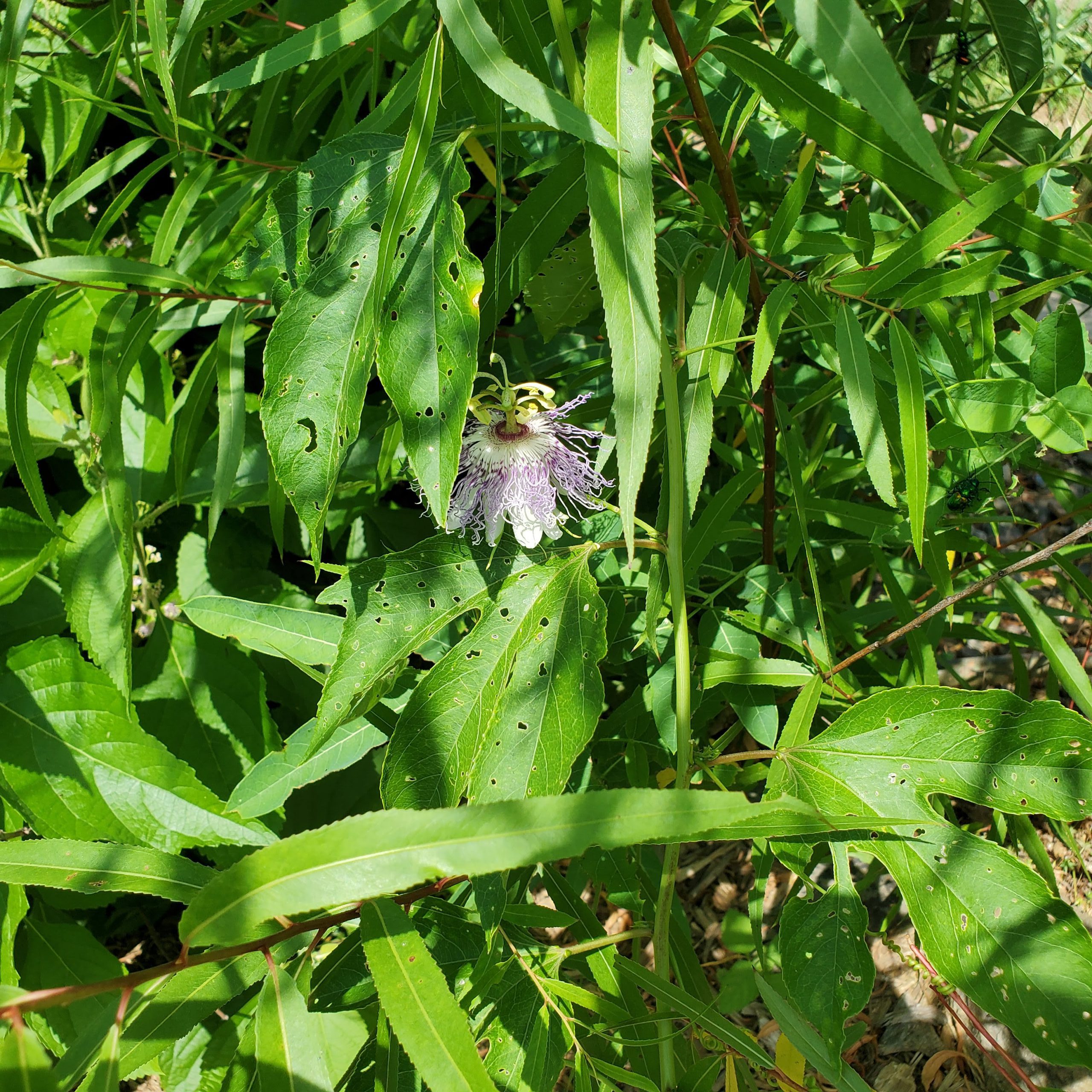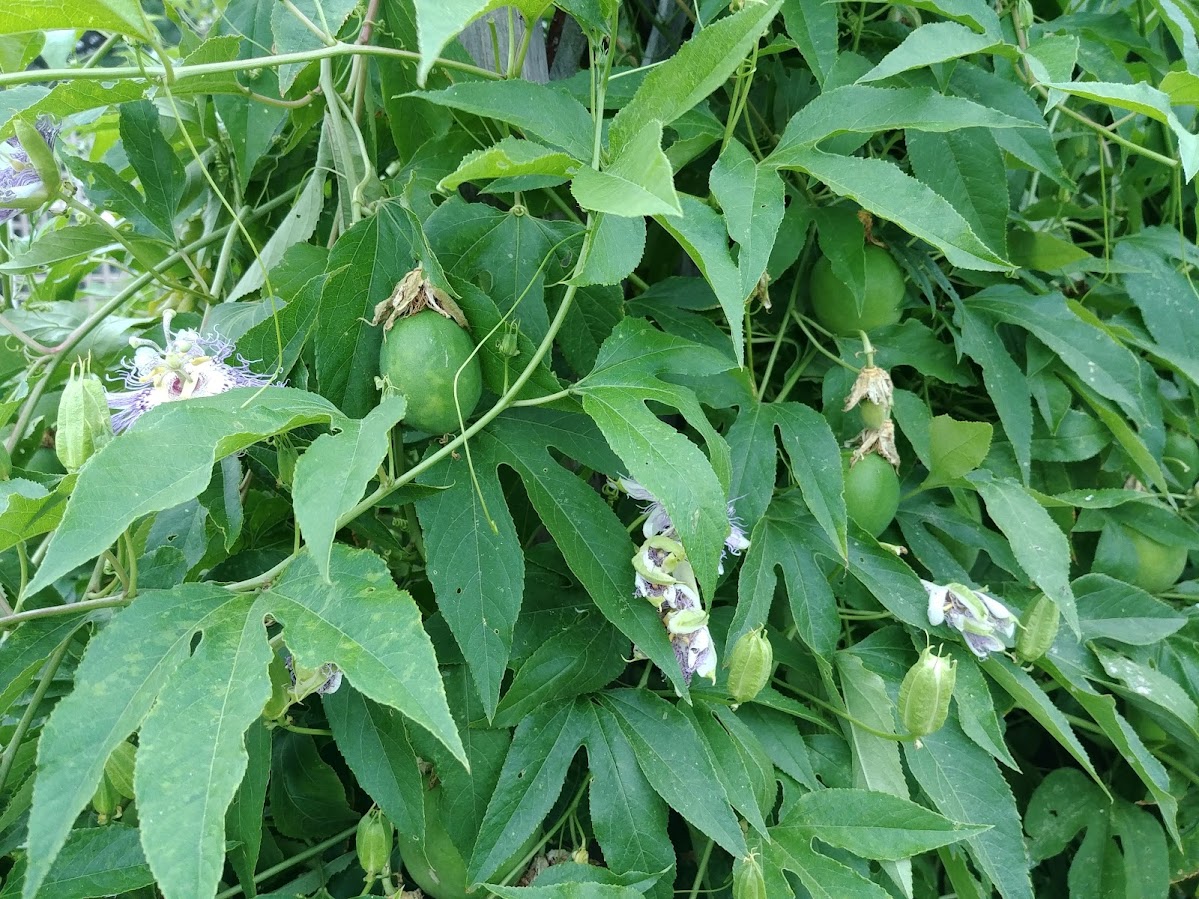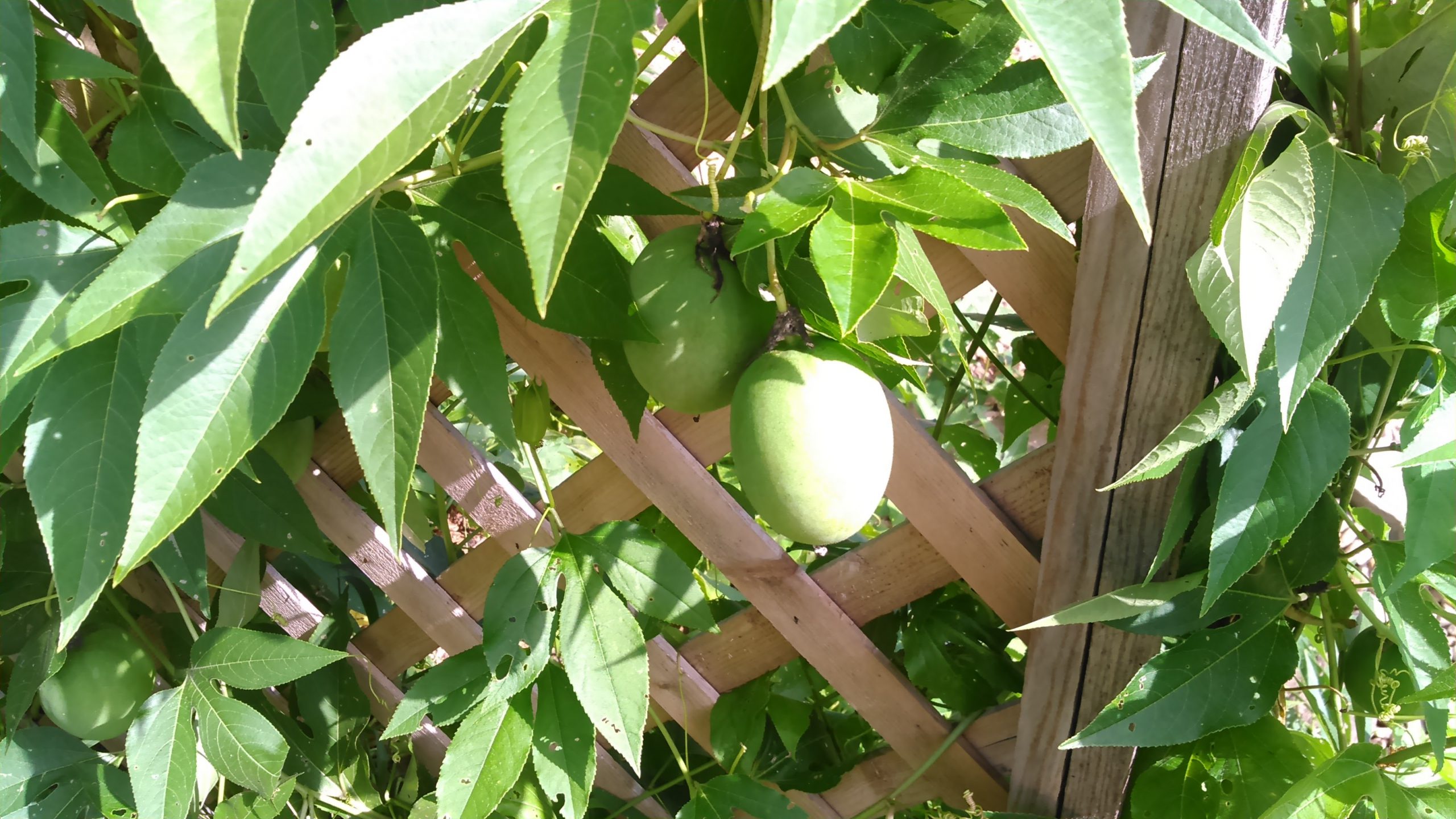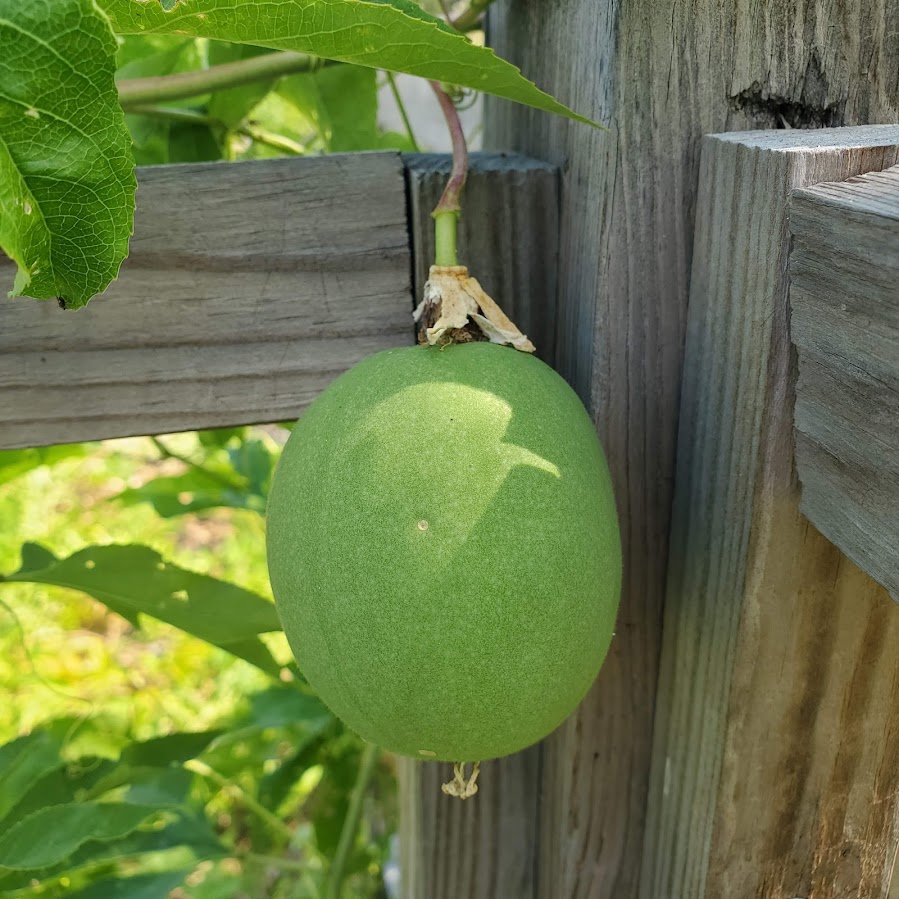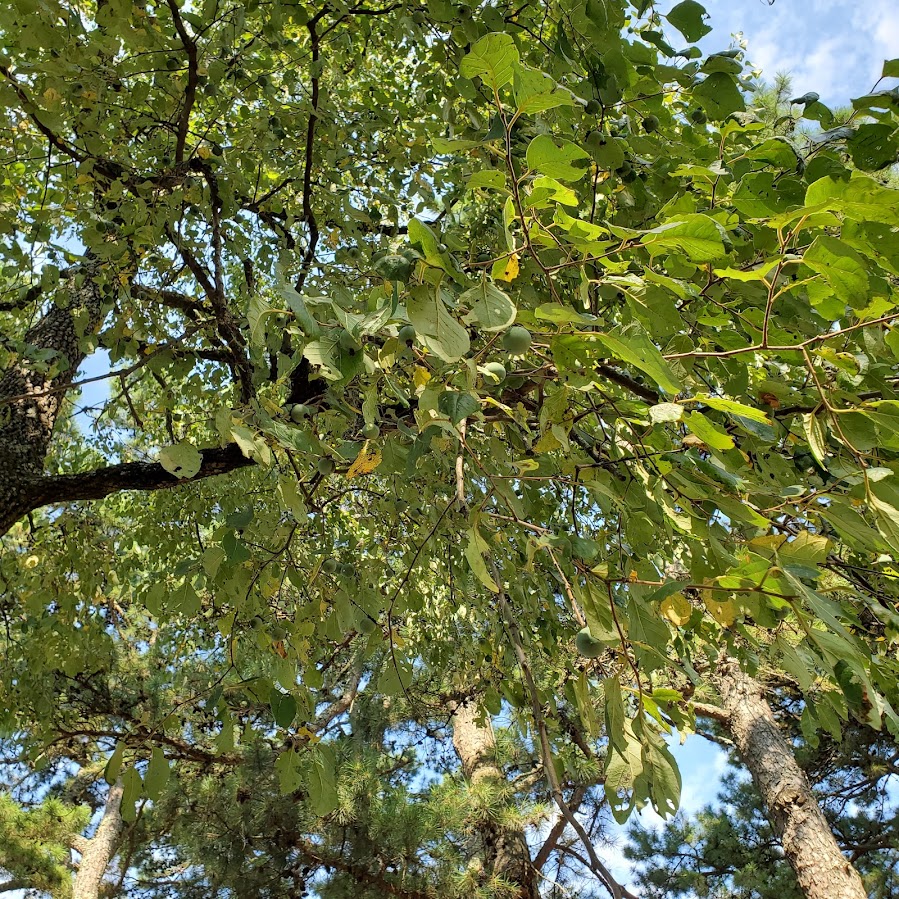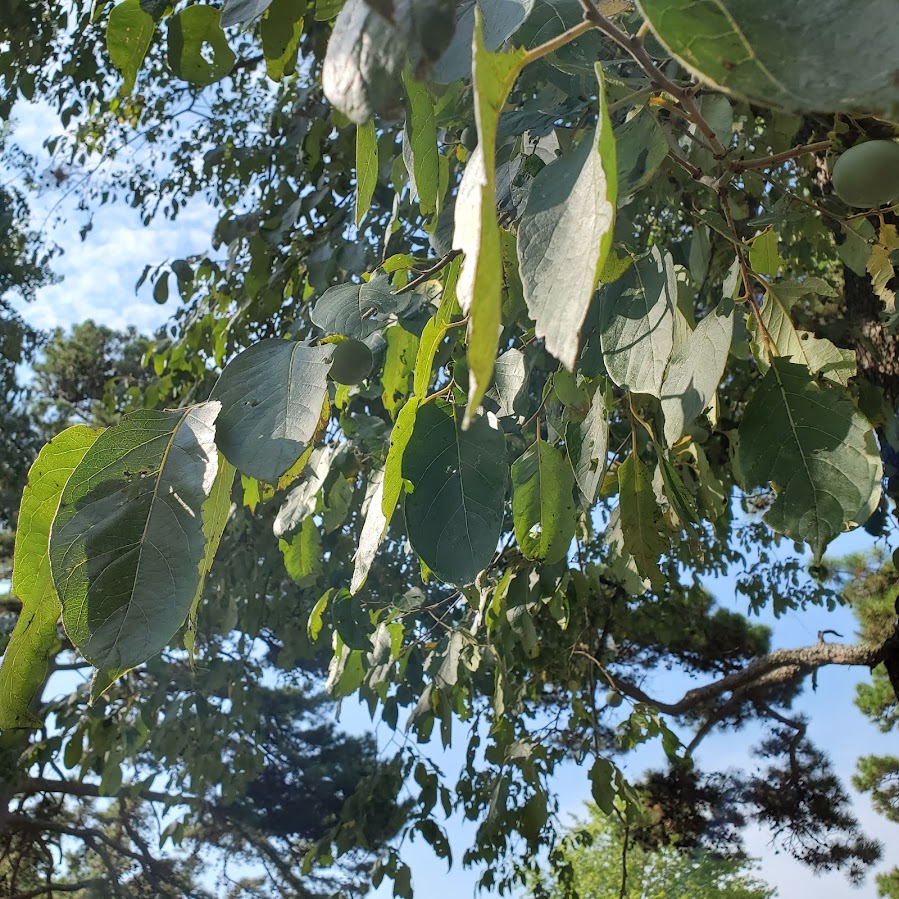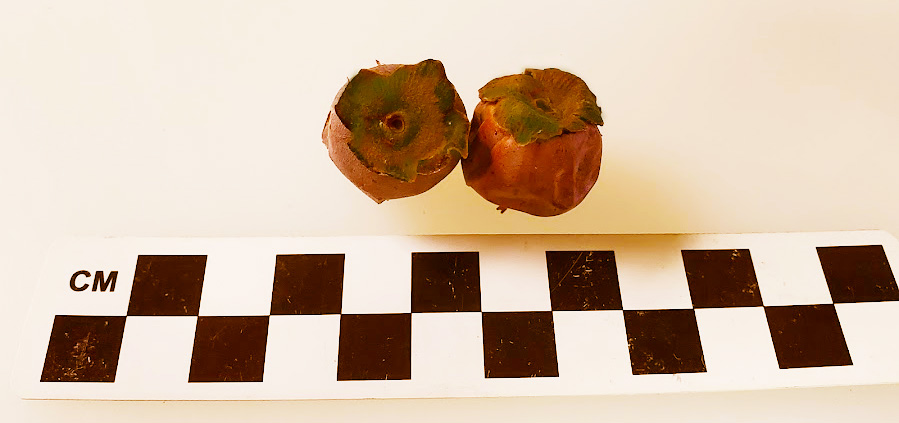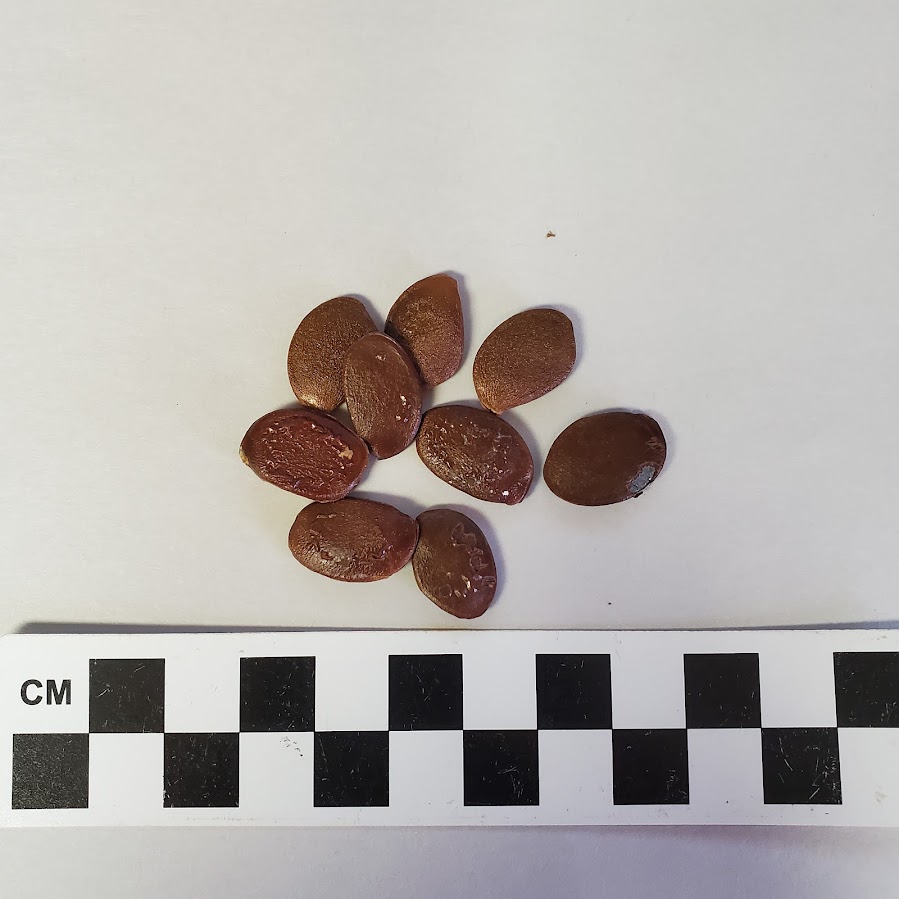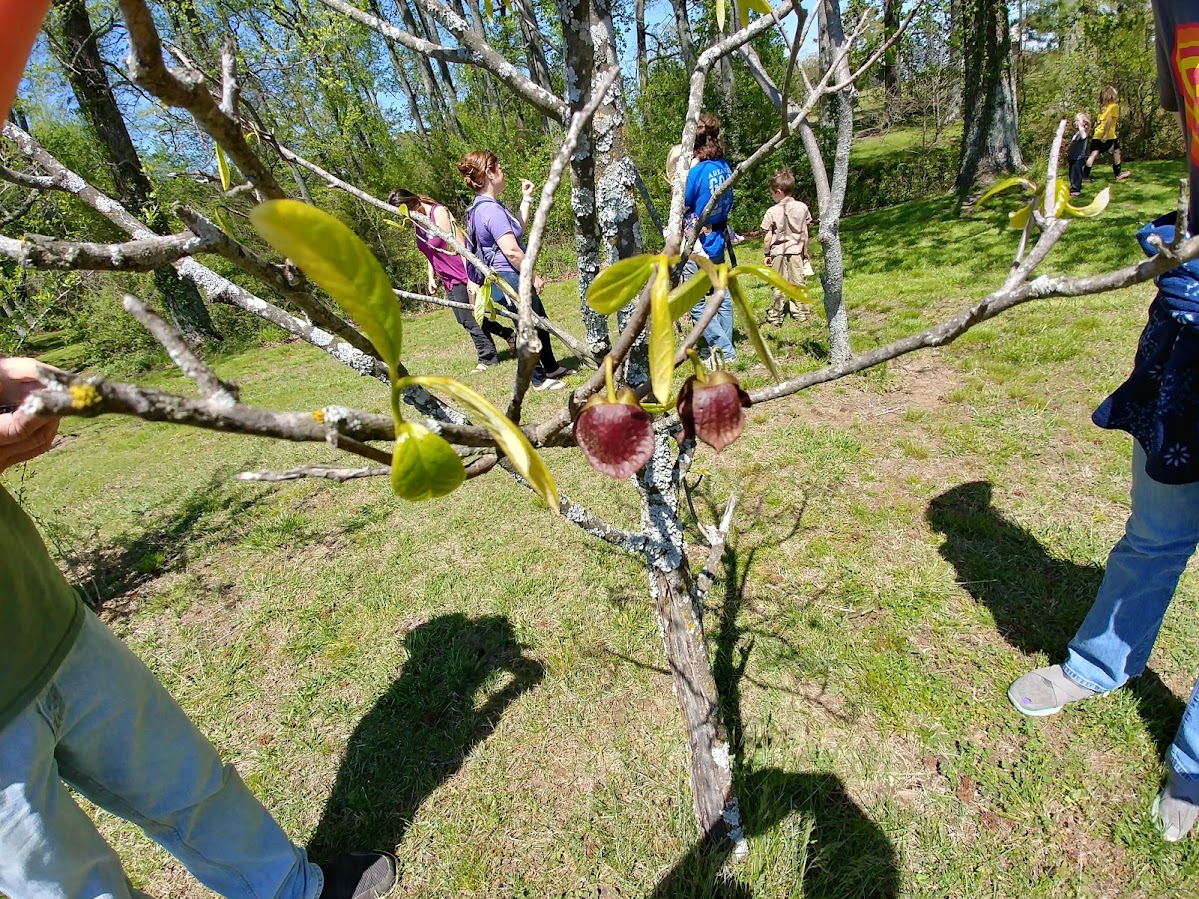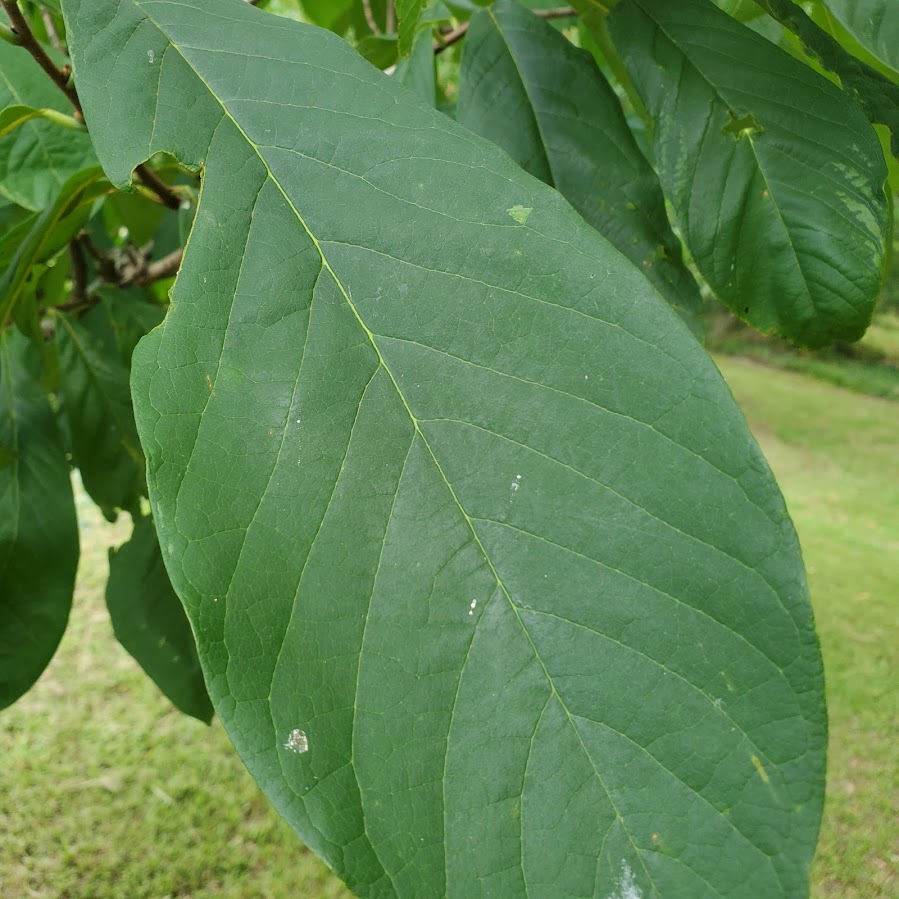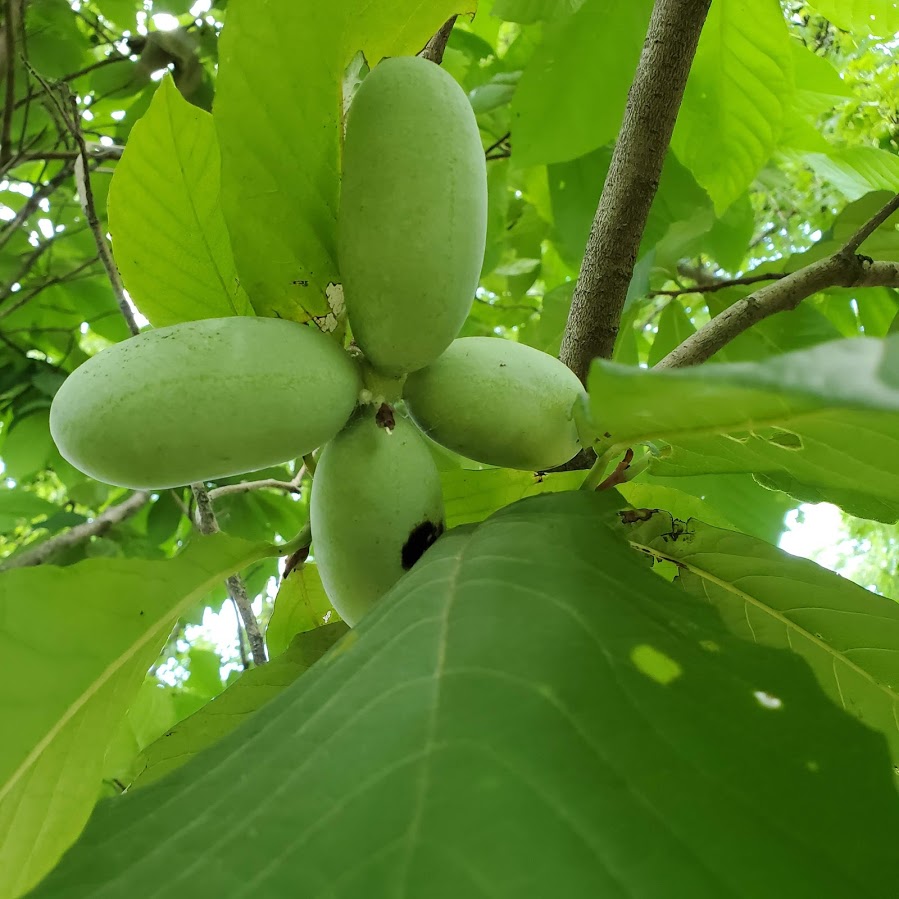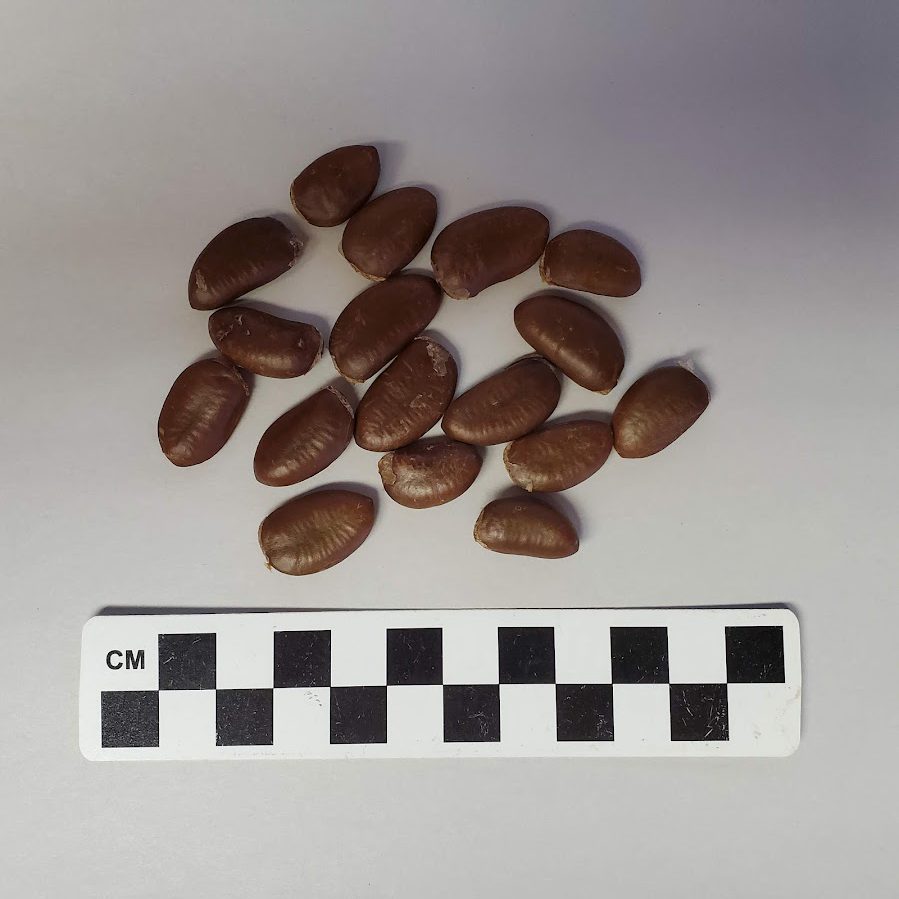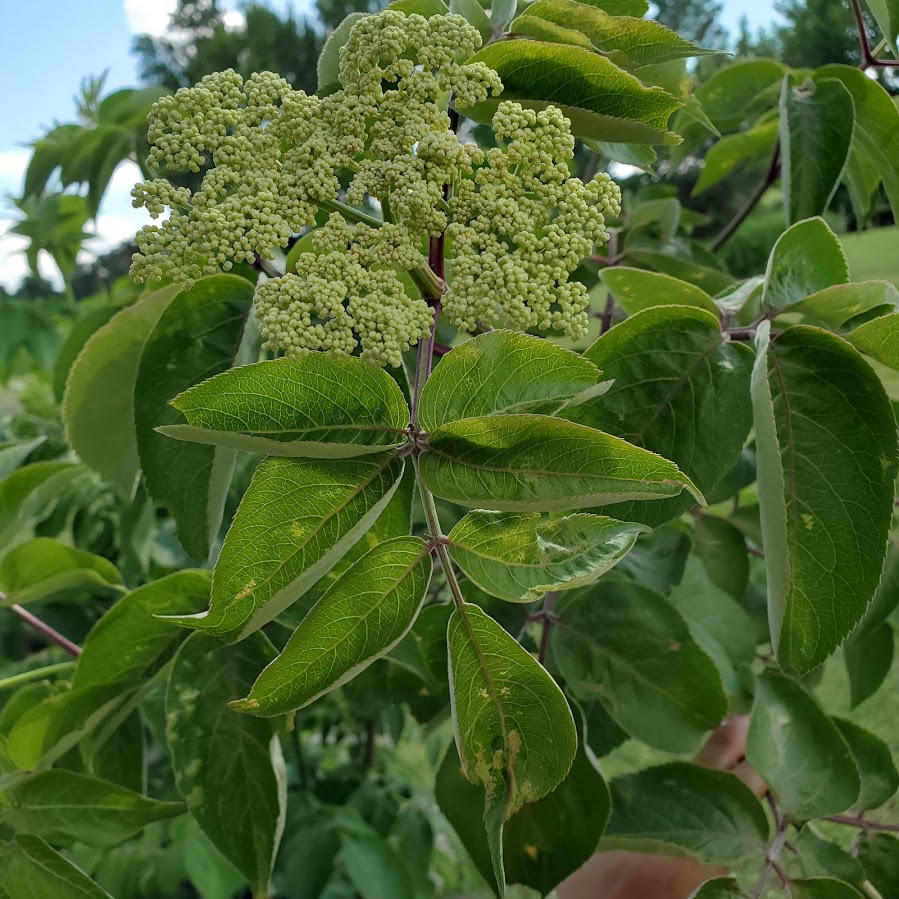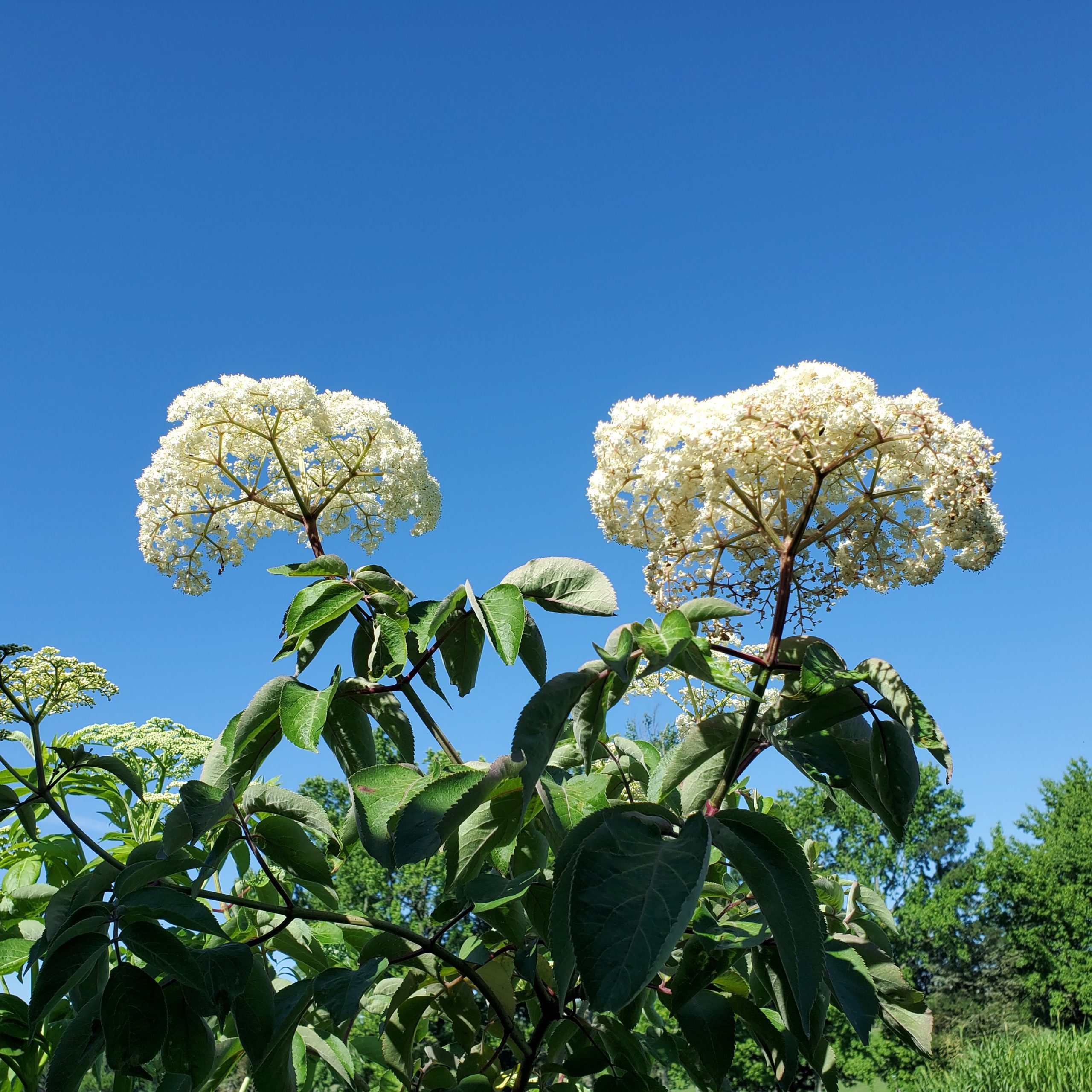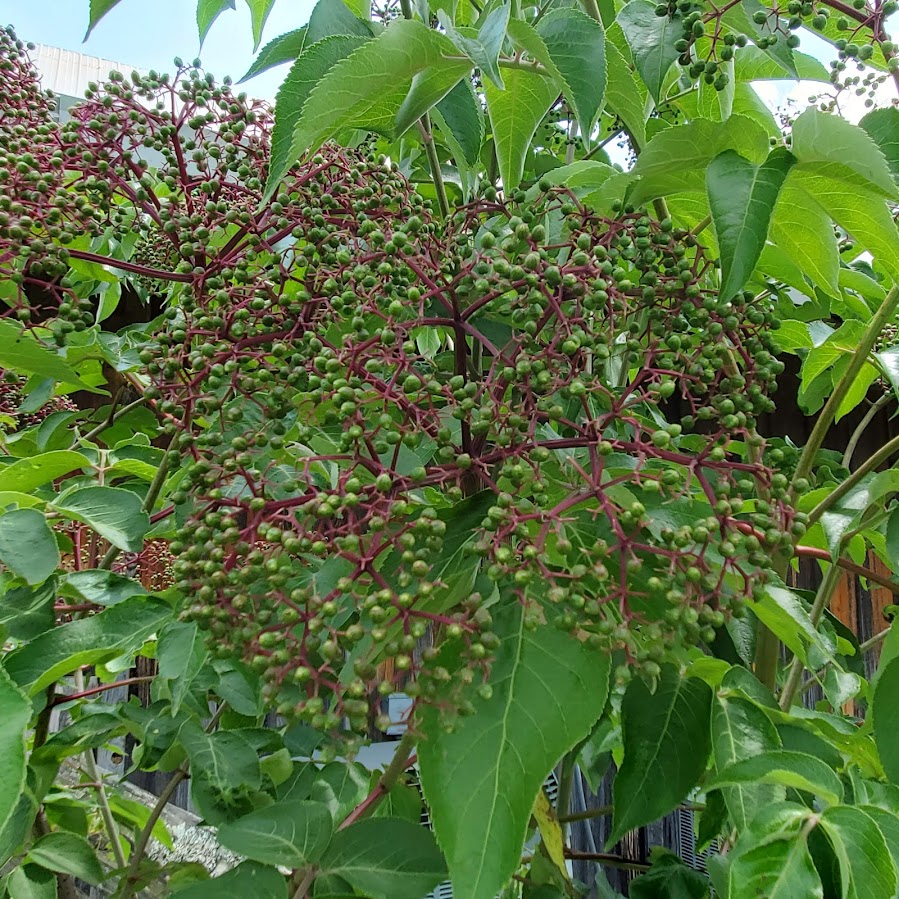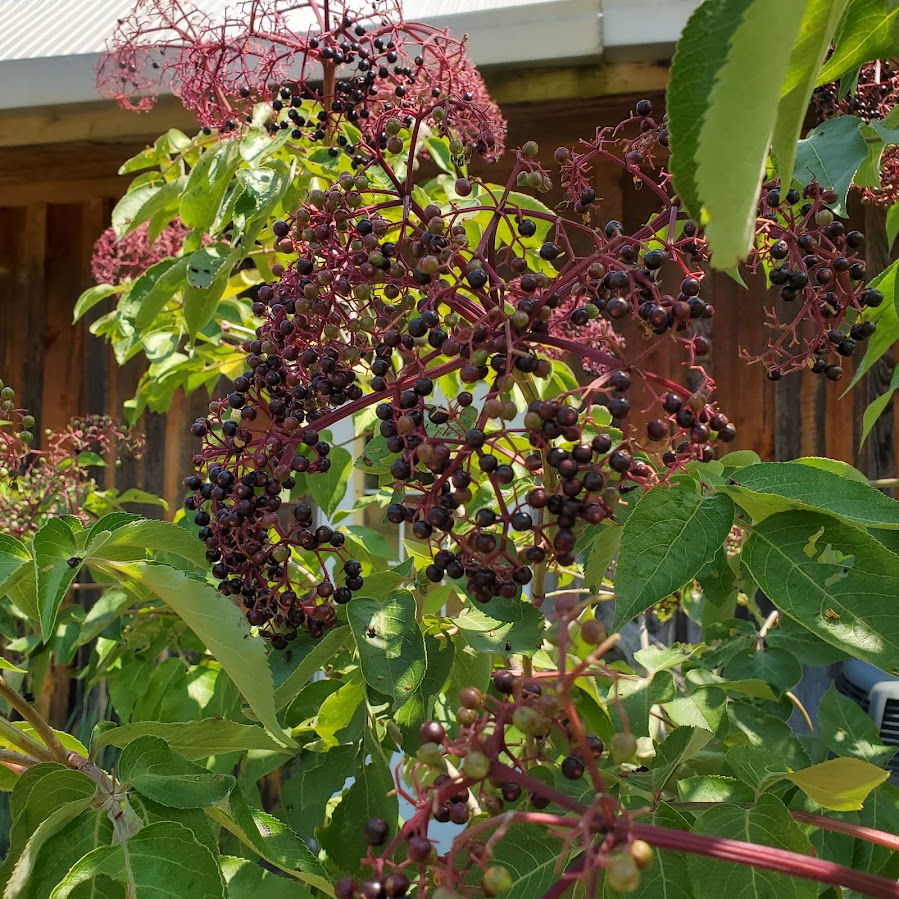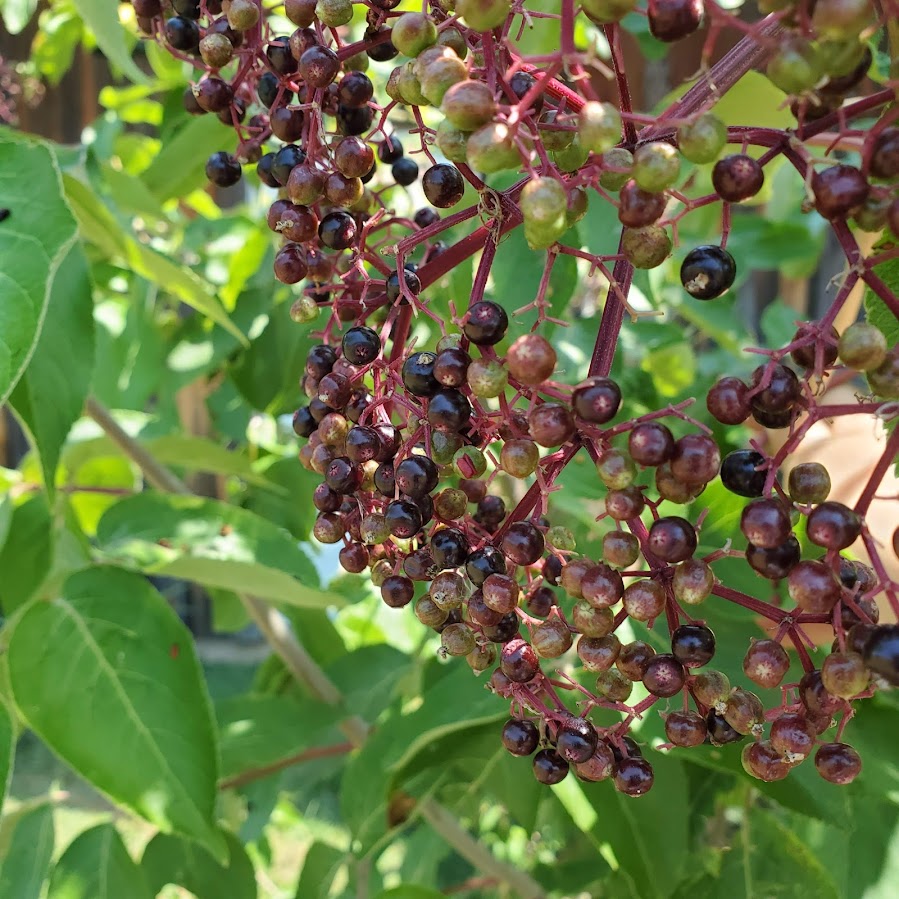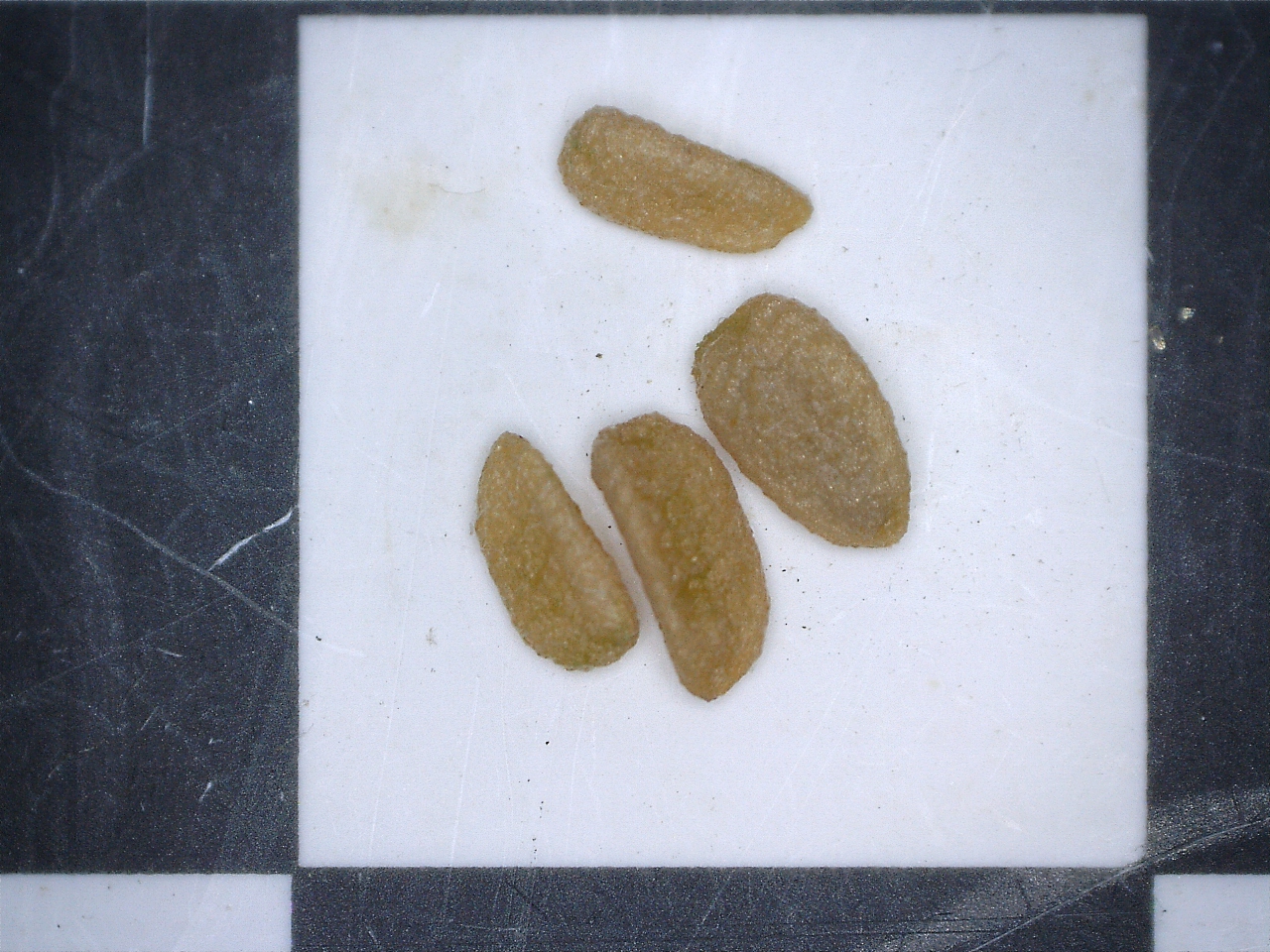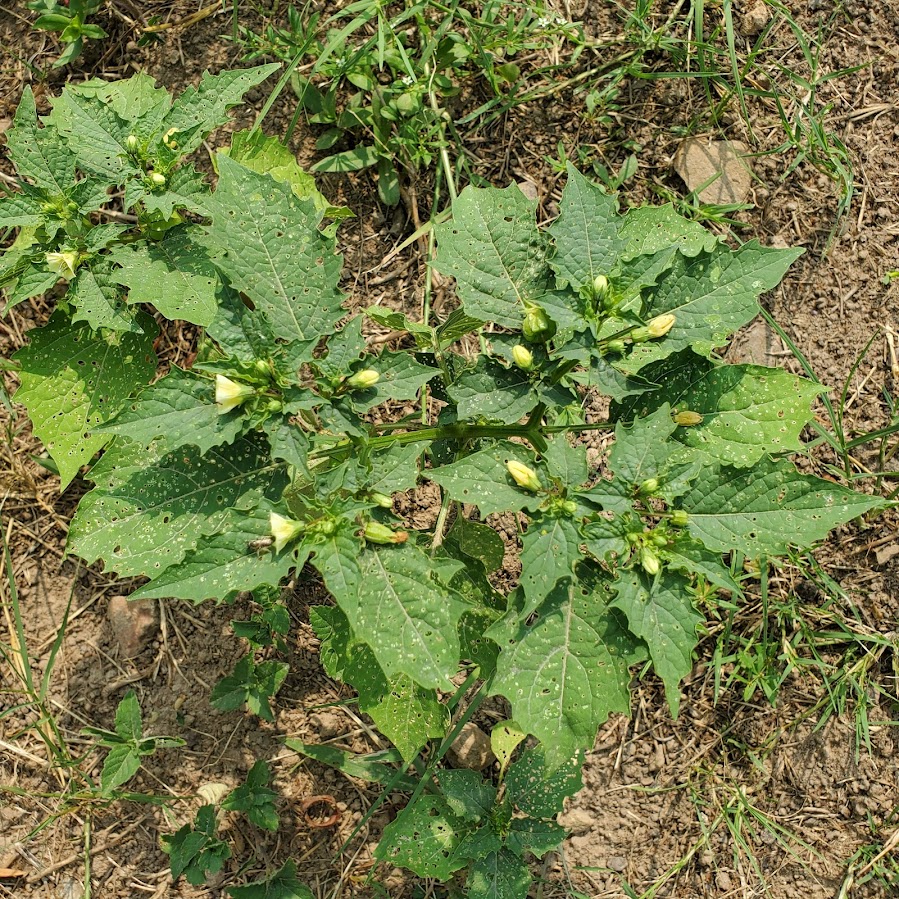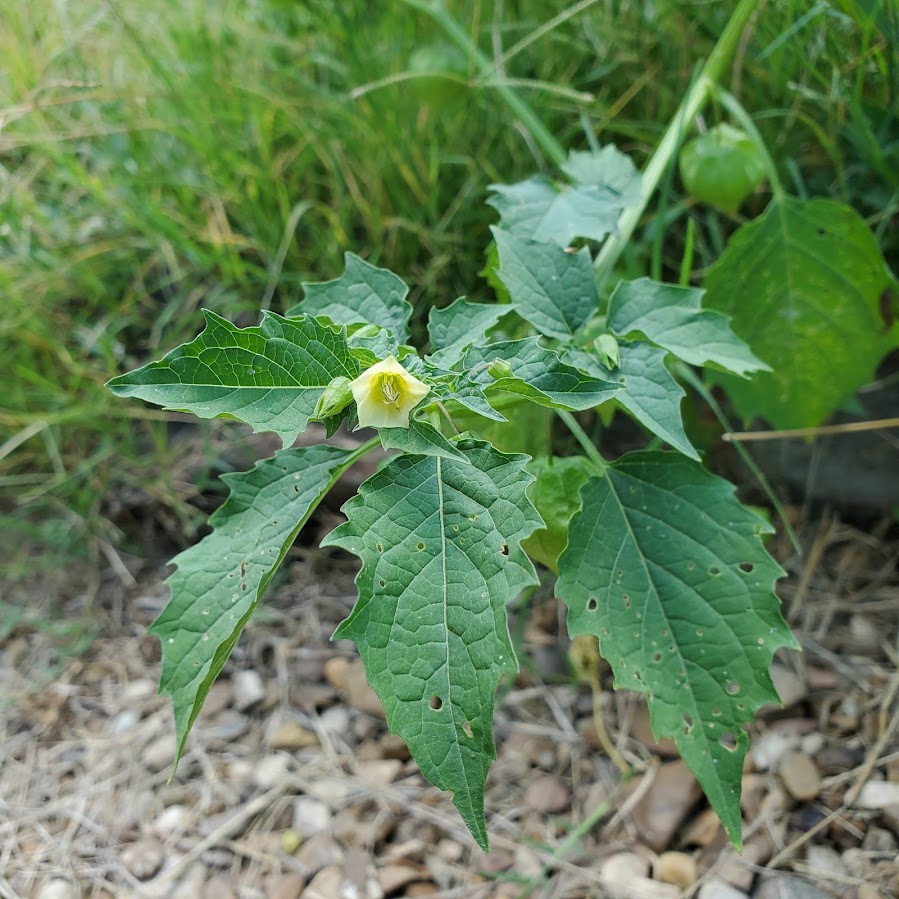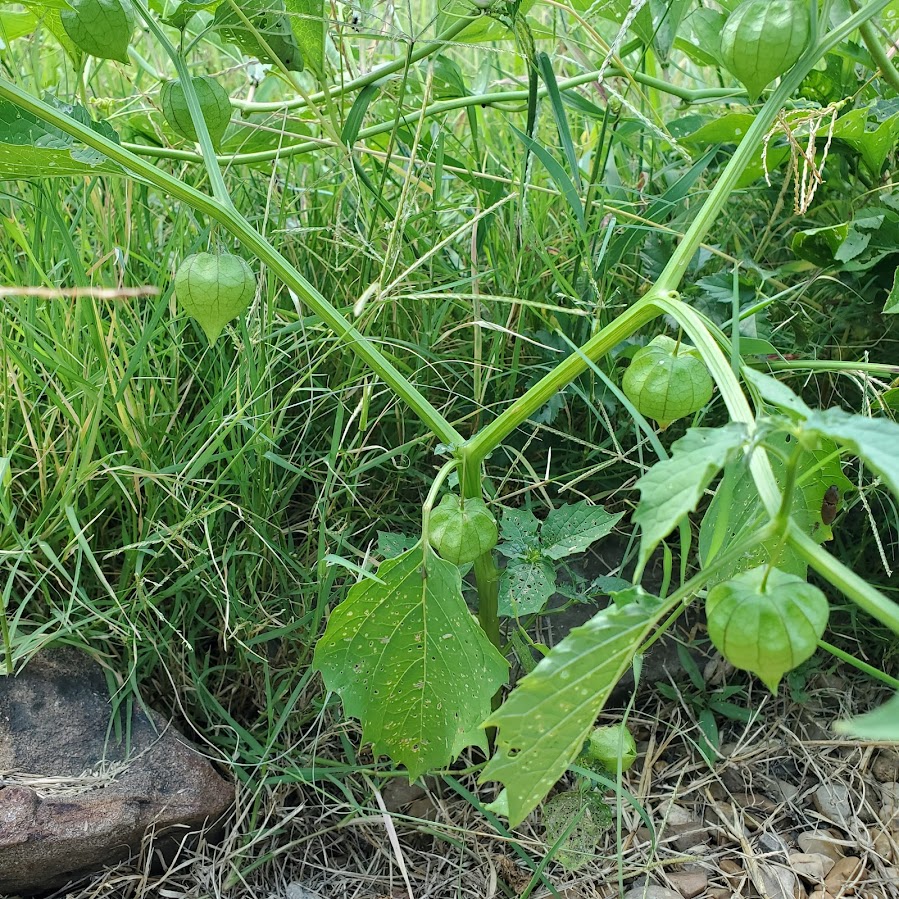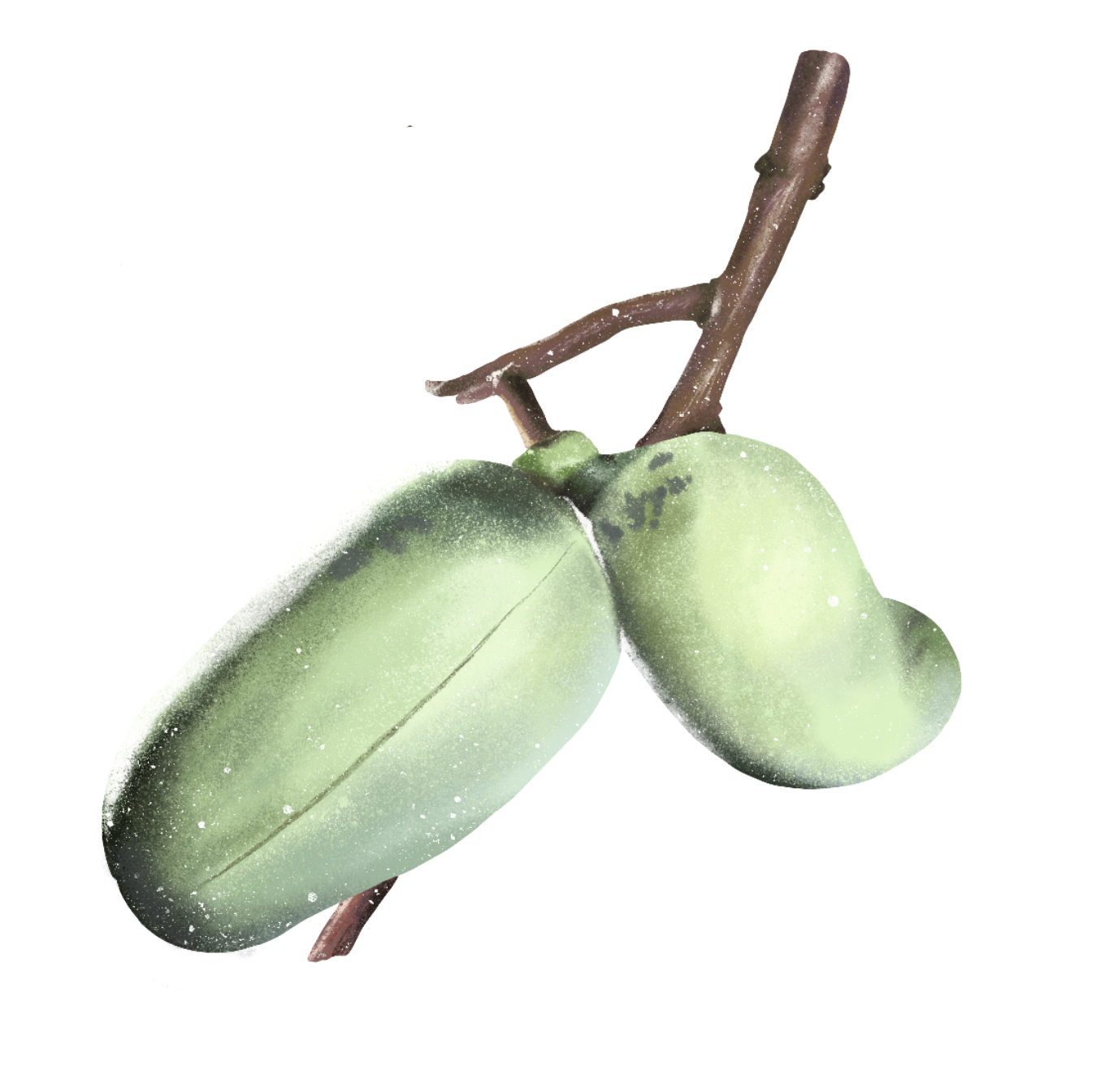
Fruits
The Eastern Woodlands and Midwest are home to many different kinds of edible fruits. These fruits were gathered and eaten for thousands of years by Indigenous people living in Arkansas, even as people were gardening and growing domesticated plants. Indeed many of us still gather and eat the same fruits today.
Blackberries and Dewberries
(Rubus sp.)
Maypops
(Passiflora incarnata)
Persimmon
(Diospyros virginiana)
Pawpaw
(Asimina triloba)
Elderberry
(Sanbucus canadenis)
Ground Cherries
(Physalis sp.)
References
Abrams, Marc D., and Gregory J. Nowacki
2008 Native Americans as Active and Passive Promoters of Mast and Fruit Trees in the Eastern USA. The Holocene 18(7): 1123-1137.
Briand, Christopher H.
2005 The Common Persimmon (Diospyros viginiana L.): The History of an Underutilized Fruit Tree (16th-19th Centuries) in Huntia; A Yearbook of Botanial and Horticultural Bibliography 12(1):71-89,
Fritz, Gayle J.
2019 Feeding Cahokia: Early Agriculture in the North American Heartland. The University of Alabama Press, Tuscaloosa
Gilmore, Melvin R.
1977 Uses of Plants by the Indians of the Missouri River Region. University of Nebraska Press.
Gremillion, Kristen J.
1989 The Development of A Mutualistic Relationship between Humans and Maypops (Passiflora incarnata L.) in the Southeastern United States. Journal of Ethnobiology 9(2):135-155.
Moore, Andrew
2017 Pawpaw: In Search of America’s Forgotten Fruit. Chelsea Green Publishing.
Moerman, Daniel E.
Native American Food Plants: An Ethnobotanical Dictionary. Timber Press, Portland.
Munson, Patrick J.
1984 Comments on Some Additional Species, and Summary of Seasonality in Experiments and Observations on Aboriginal Wild Plant Food Utilization in Eastern North America, edited by Patrick J. Munson, pp. 459-473. Indiana Historical Society Prehistoric Research Series VI(2).
Scarry, C. Margaret
2003 Patterns of Wild Plant Utilization in the Prehistoric Eastern Woodlands. In People and Plants in Ancient North America, edited by Paul E. Minnis, pp. 50-104. Smithsonian Institution, Washington.
Simon, Mary L.
2009 A Regional and Chronological Synthesis of Archaic Period Plant Use in the Midcontinent. In Archaic Societies: Diversity and Complexity Across the Midcontinent, edited by Thomas E. Emerson, Dale McElrath, and Andrew C. Fortier, pp. 81-114. State University of New York Press, Albany.
VanDerwaker, Amber M., C. Maragret Scarry, and Jame M. Eastman
2007 Menus for Families and Feasts: Household and Community Consumption of Plants at Upper Saratown, North Carolina in The Archaeology of Food and Identity, edited by Katheryn C. Twiss, pp. 16-49. Center for Archaeological Investigations, Southern Illinois University Carbondale, Occasional Papers No. 34.
